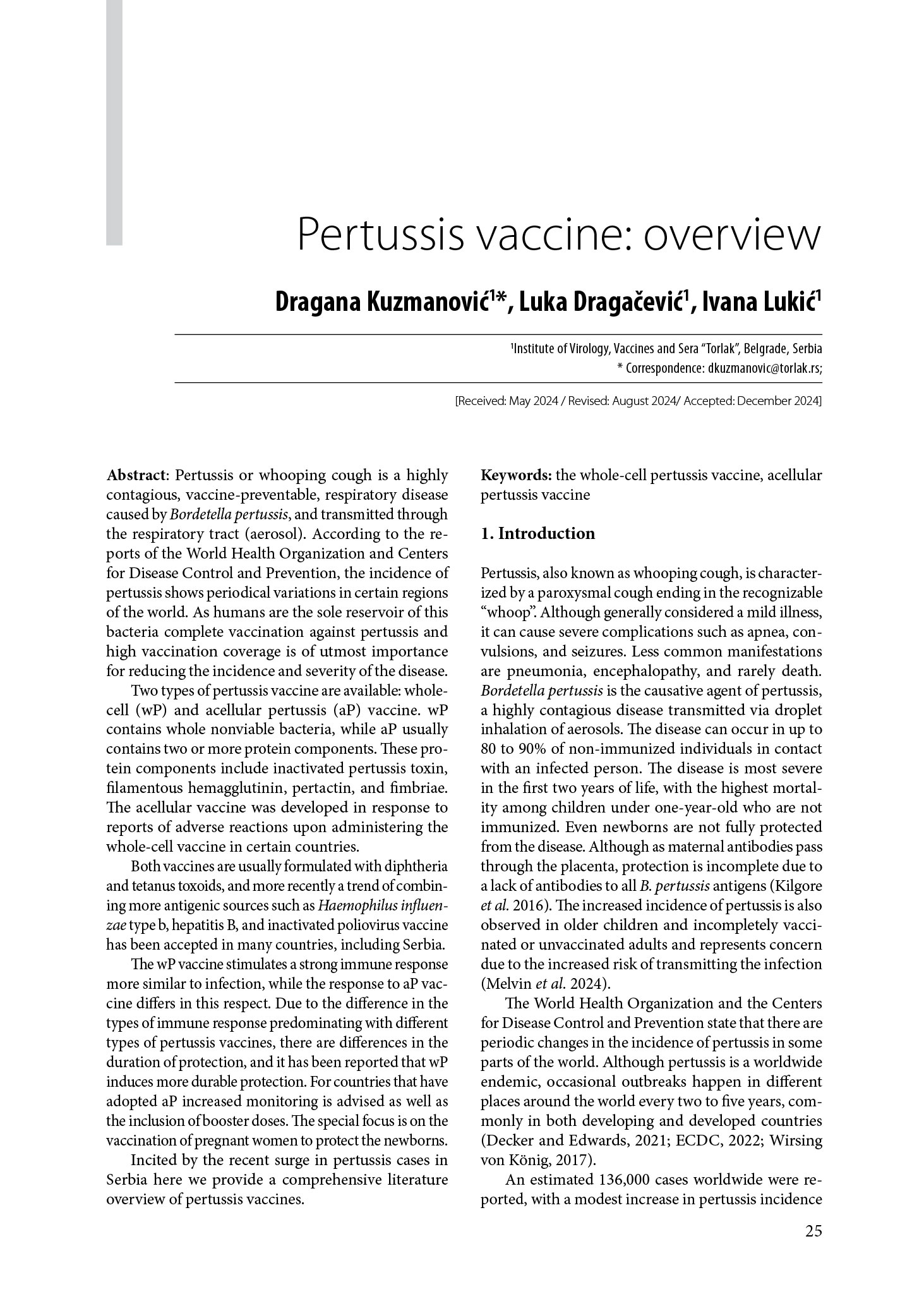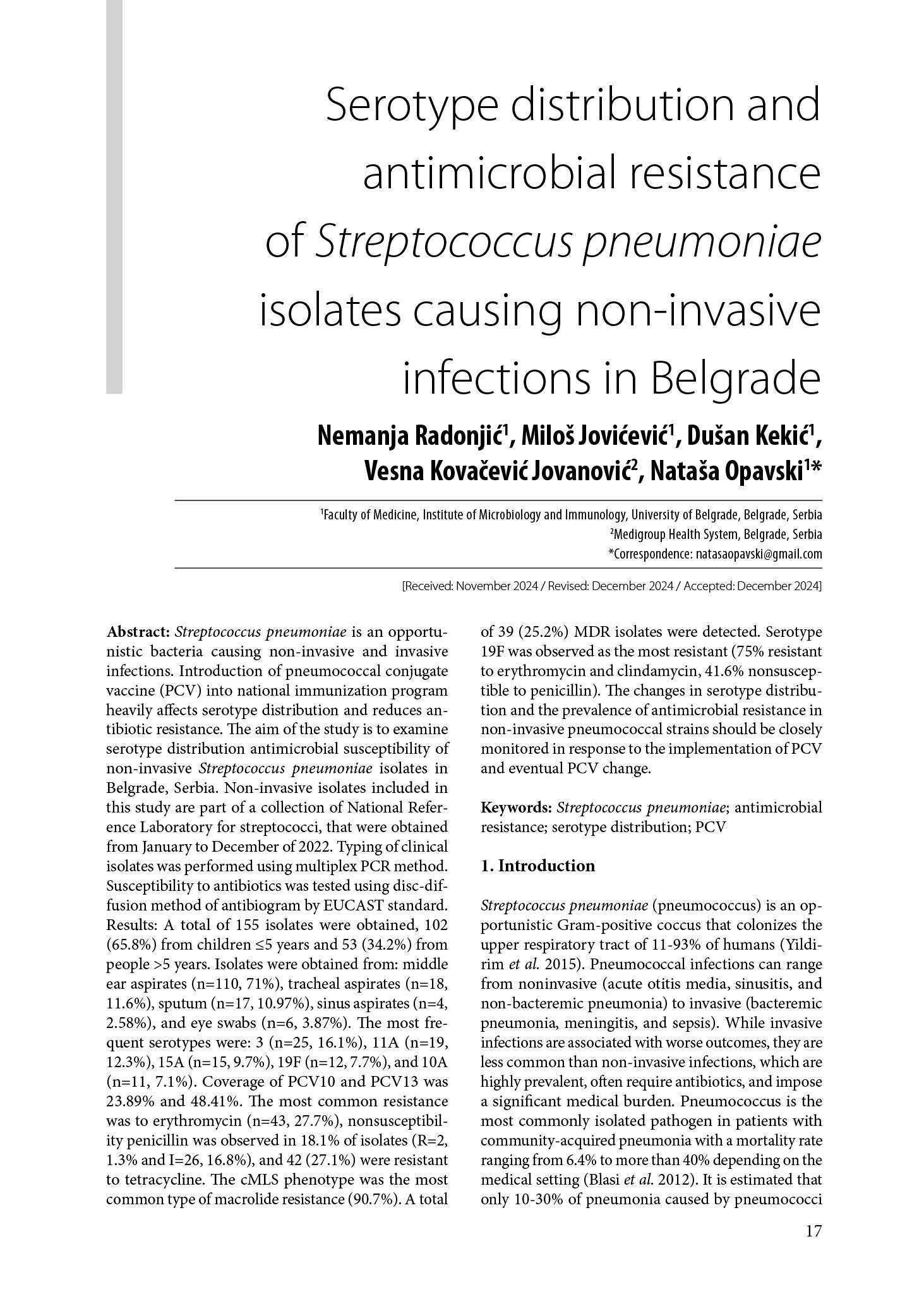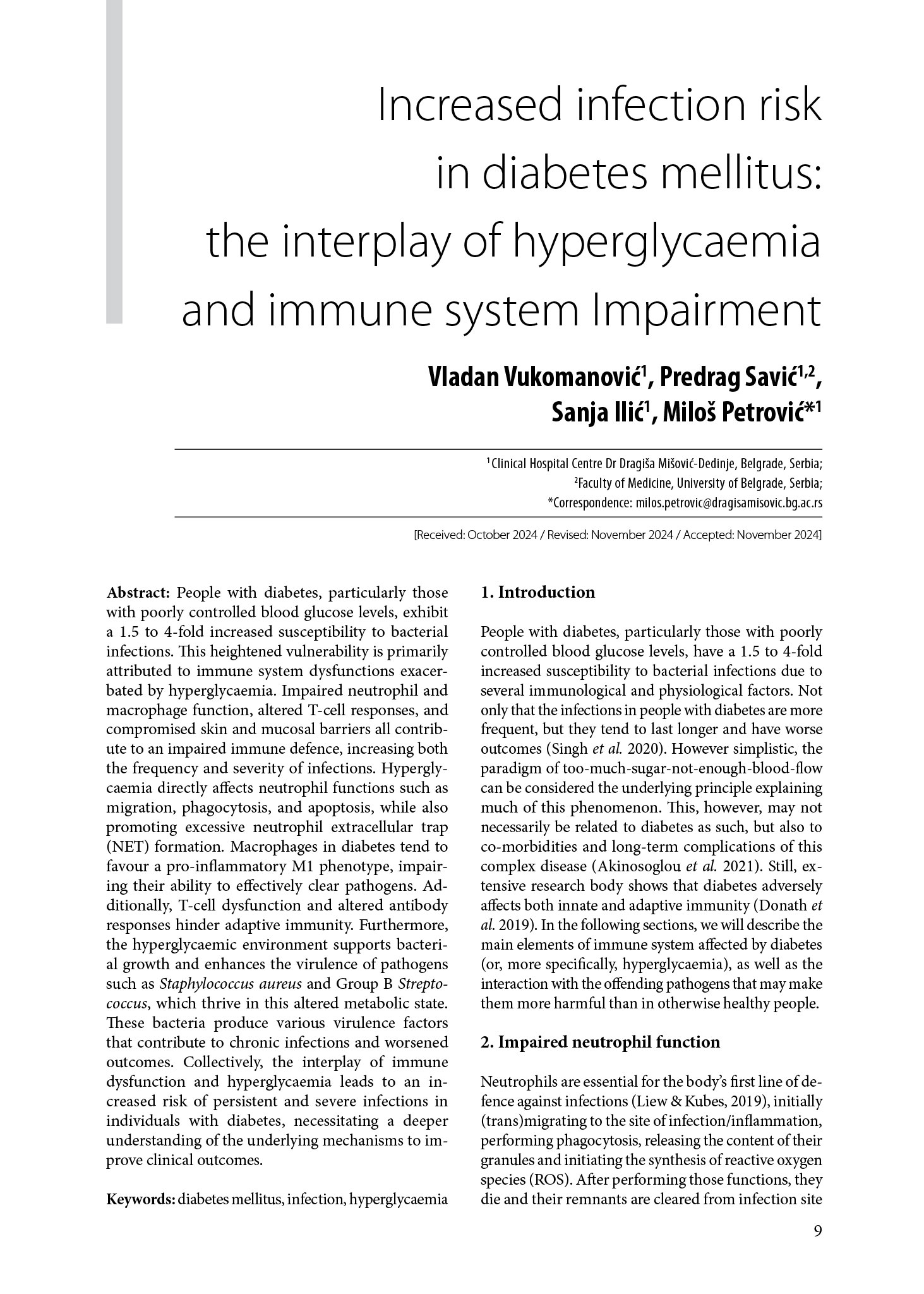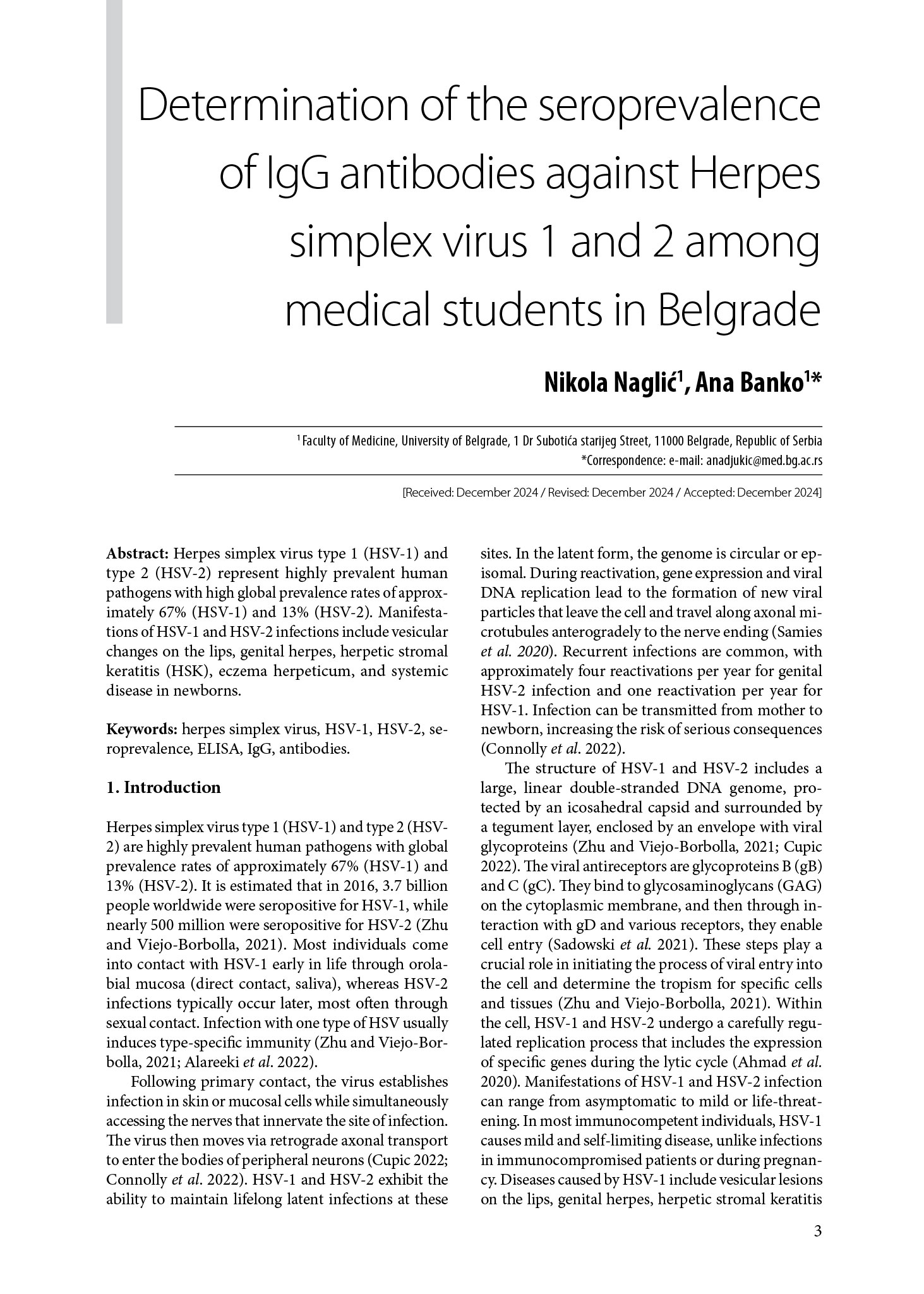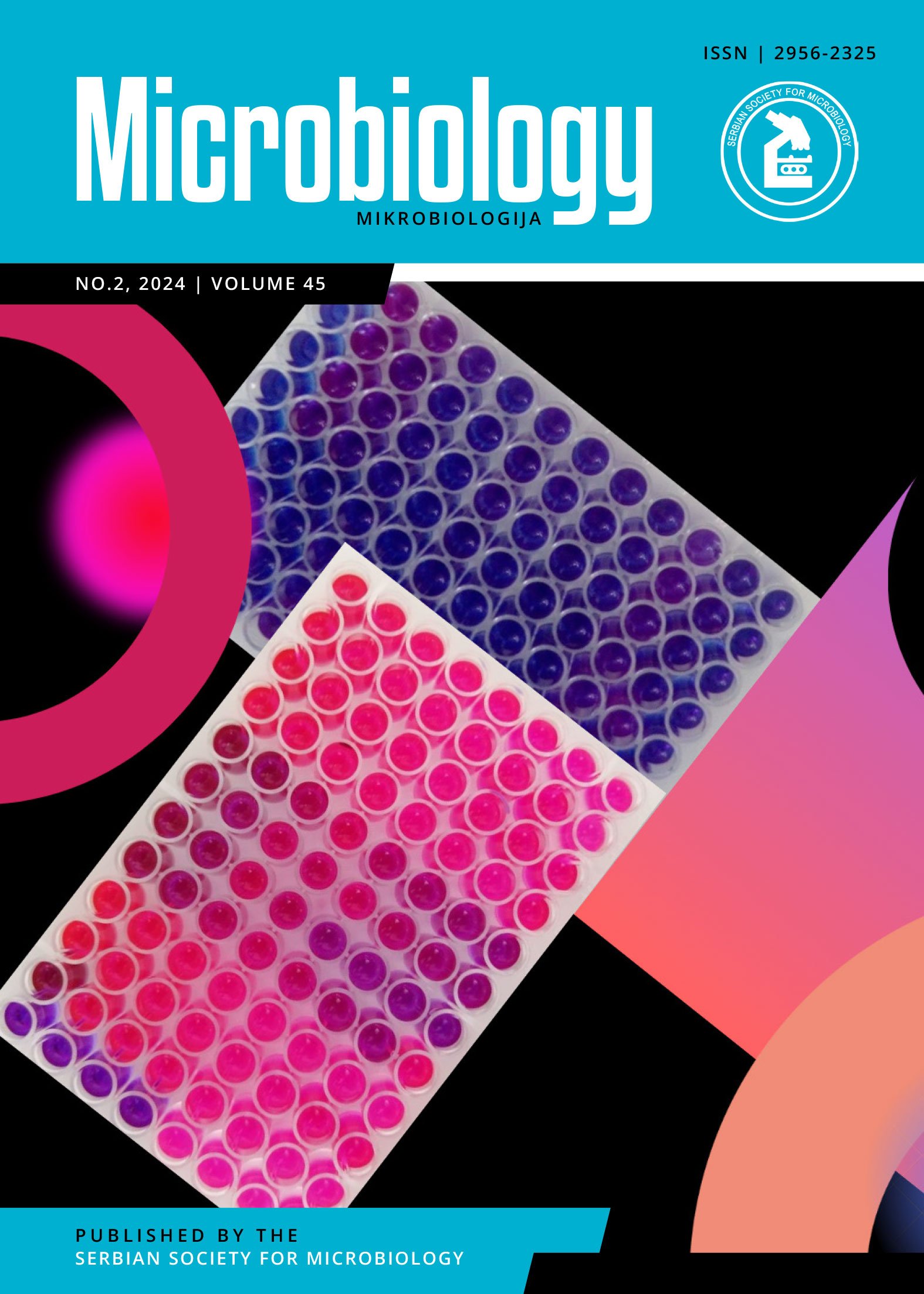Volume #45 – 2 – 5
Biofilms are complex communities of microorganisms enclosed in a self-produced matrix of extracellular polymeric substances consisting of polysaccharides, proteins, lipids and extracellular DNA. These biofilms can form on a variety of surfaces and pose a major challenge in both the medical and industrial sectors as they can harbor pathogenic microorganisms. In healthcare, biofilms form on hospital surfaces, medical devices, patient tissue and implants and contribute to persistent infections that are difficult to treat. In the food industry, biofilms on processing equipment and food matrices can also lead to contamination and pose a serious threat to public health through foodborne diseases. The bacteria embedded in biofilms are much more tolerant to antimicrobial treatments than their planktonic counterparts, necessitating the development of new strategies to combat biofilm-associated infections and contamination. As biofilms mature, they become even more resistant to conventional treatments, making prevention strategies particularly important. This review focuses on enzyme-based strategies that have been developed over the last decade to inhibit biofilm formation. Key approaches such as disruption of microbial signaling pathways and degradation of biofilm matrix components are highlighted, offering promising ways to prevent biofilm-related problems in both medicine and industry.


